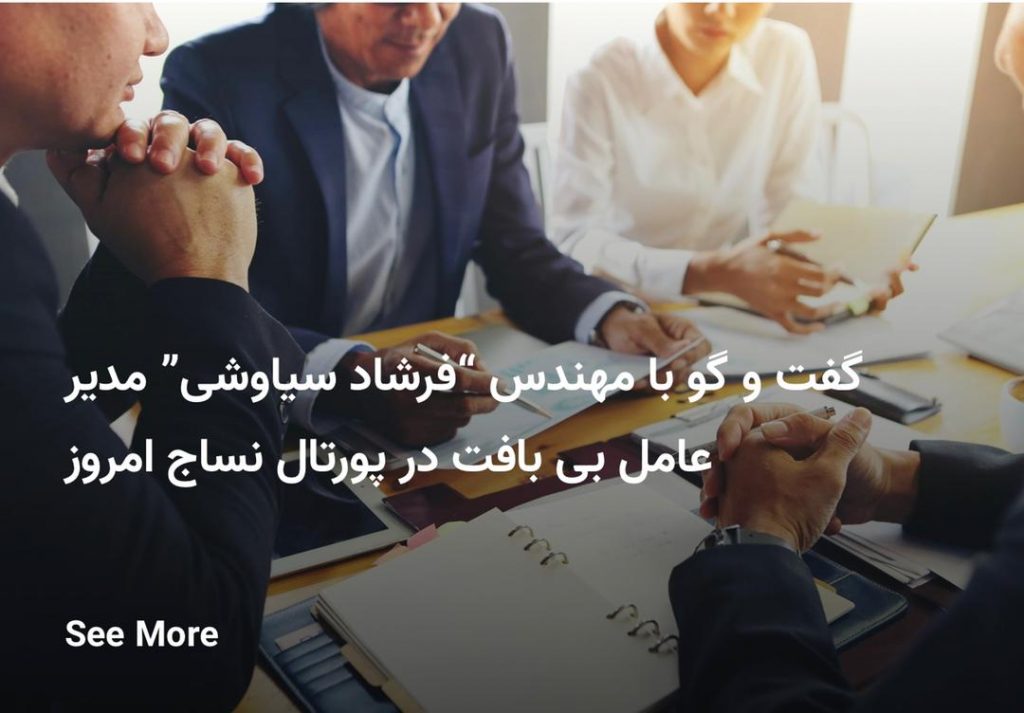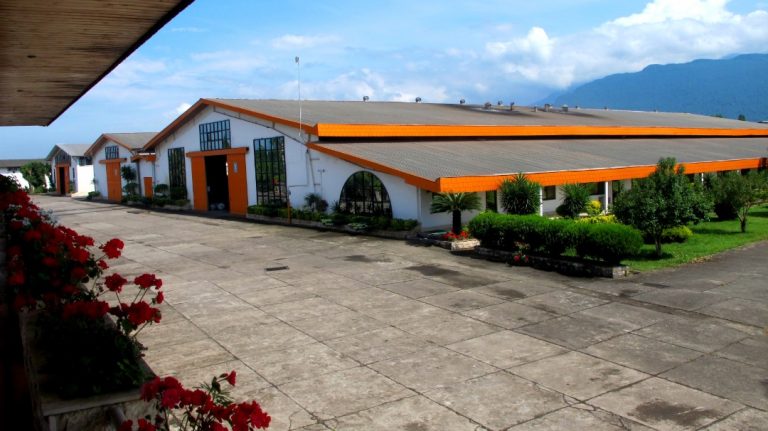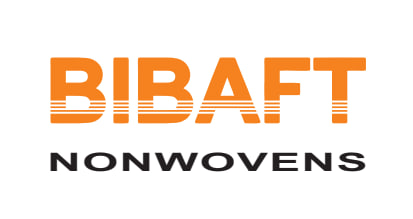

Engineer Farshad Siavashi, a graduate of Polymer Engineering from Queen Mary University of London, founded Greaveh Co. in Iran in 1977 after returning from his studies. The company initially focused on importing nonwoven textiles. In subsequent years, after conducting research and studies, he shifted to manufacturing nonwoven layers and established Bibaf Co. in 1994. Bibaf Co. is one of the first specialized units set up to produce nonwoven interlinings in the country. However, as the CEO mentions, “In recent years, due to economic challenges and declining production capacity, our workforce has reduced, and production will gradually come to a halt. We have dedicated all our resources to maintaining the factory and production. Therefore, our survival depends on the government’s macroeconomic policies.” Despite this situation, Mr. Siavashi remains committed: “We are always looking for new ventures to understand the global state of nonwoven interlinings and to discover what’s new. We aim to participate in most exhibitions to gather ideas and keep our knowledge up to date.” Our interview with the CEO of Bibaf Co. follows below.
First, could you please describe Bibaf Co.’s production activities?
Bibaf Co. manufactures nonwoven layers ranging from approximately 12 grams to over 1000 grams per square meter. The lighter layers are typically used in the production of diapers and sanitary napkins. In nonwoven production systems, fibers are processed through feeding and carding machines. Bonding can be achieved using needles (needle punch fabric) or chemical agents like acrylic resin or PVA (foam bonding, spray bonding, pad), referred to as chemical bonding. Layers can also be bonded using bi-component fibers (thermobonding), known as thermal bonding. Hydrodynamic nonwovens (water entanglement via spunlace) and melt-spun fabrics (meltblown) are among the new products produced by this company. Thus, nonwovens can be manufactured and offered using various methods.
We utilize needle punching, spray bonding, thermofusing, thermobonding, chemical bonding, spunlace, and meltblown systems, allowing us to produce a wide range of products. We strive to accommodate most customer orders using our existing production lines. Our finishing lines include powder and paste adhesive interlining machines, interlining sewing machines, velour machines, ring filters, reinforced filters, carbon filters, mesh filters, cleanroom pocket filters, and cosmetic pads. Our products serve as intermediate goods in industries such as medical, hygiene, hospital, apparel, building insulation, quilts, filtration, footwear, lamination, automotive, agriculture, road construction, dam construction, and tunneling.
We are always exploring new opportunities to stay informed about global developments in the nonwoven industry and to discover new trends. We strive to participate in as many exhibitions as possible, although we regret that, due to numerous challenges, we are unable to purchase new machinery. However, we attend exhibitions to gather ideas and keep our knowledge up to date. Unfortunately, we do not yet export our products because, due to the lower costs of production systems, energy, and the subsidies provided by governments in countries like China, South Korea, Indonesia, and Taiwan, we cannot compete with them.

What is the current state of nonwoven textile production and supply in the country?
In Iran, the term “nonwoven layers” is used across various industries such as hygiene, construction, agriculture, filtration, apparel, and footwear. Technical nonwoven layers are mostly used for specialized and industrial applications, such as dam construction, road building, and as filters in factories producing asbestos cement, copper, glass, and steel. These layers require specific technical specifications. However, in Iran, most active factories are not very familiar with advanced technical systems. Only about 30% of factories operate on a national level with modern systems to produce industrial layers.
In recent years, many companies have considered investing in technical textiles to produce layers with more industrial uses. Some have managed to refurbish old systems in creative ways; for example, spray systems that were previously based on manual sprayers have now transitioned to using paint pistons. Despite these efforts, the nonwoven textile industry in Iran remains traditional, with minimal advancements or support in this area. The fluctuations in raw material prices have significantly impacted smaller factories, and recently, due to the rising cost of fibers, many manufacturers have turned to using second- and third-grade fibers. As a result, most of the products are used in the production of waterproofing membranes (bituminous membranes) and roof coverings, where the quality of the layer is less critical and mainly serves as a filler.
In such companies, there is little to no control over the quality, weight, or strength of the products. If they aim to maintain quality standards, the production costs increase, making their products unaffordable. Currently, the nonwoven textile industry in Iran is facing disruptions due to the rising costs of raw materials. As this trend continues, imports from countries like South Korea, China, and Turkey have increased. (However, Turkish products are relatively expensive due to high labor costs.) Domestic factories are struggling with the influx of foreign products. As the volume of imports rises, so does the number of workers losing their jobs, as factories struggle to survive amid skyrocketing costs. Gradually, the workforce shrinks, and eventually, production comes to a halt.


